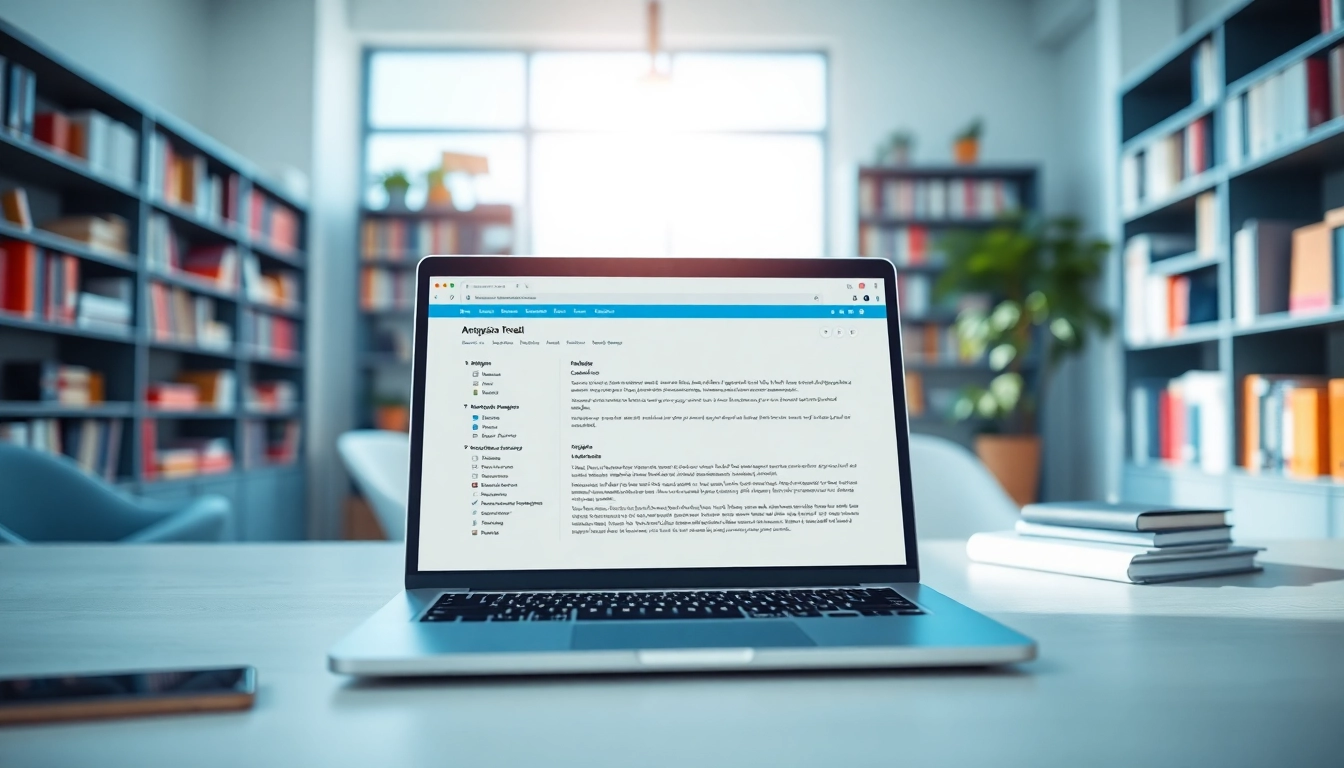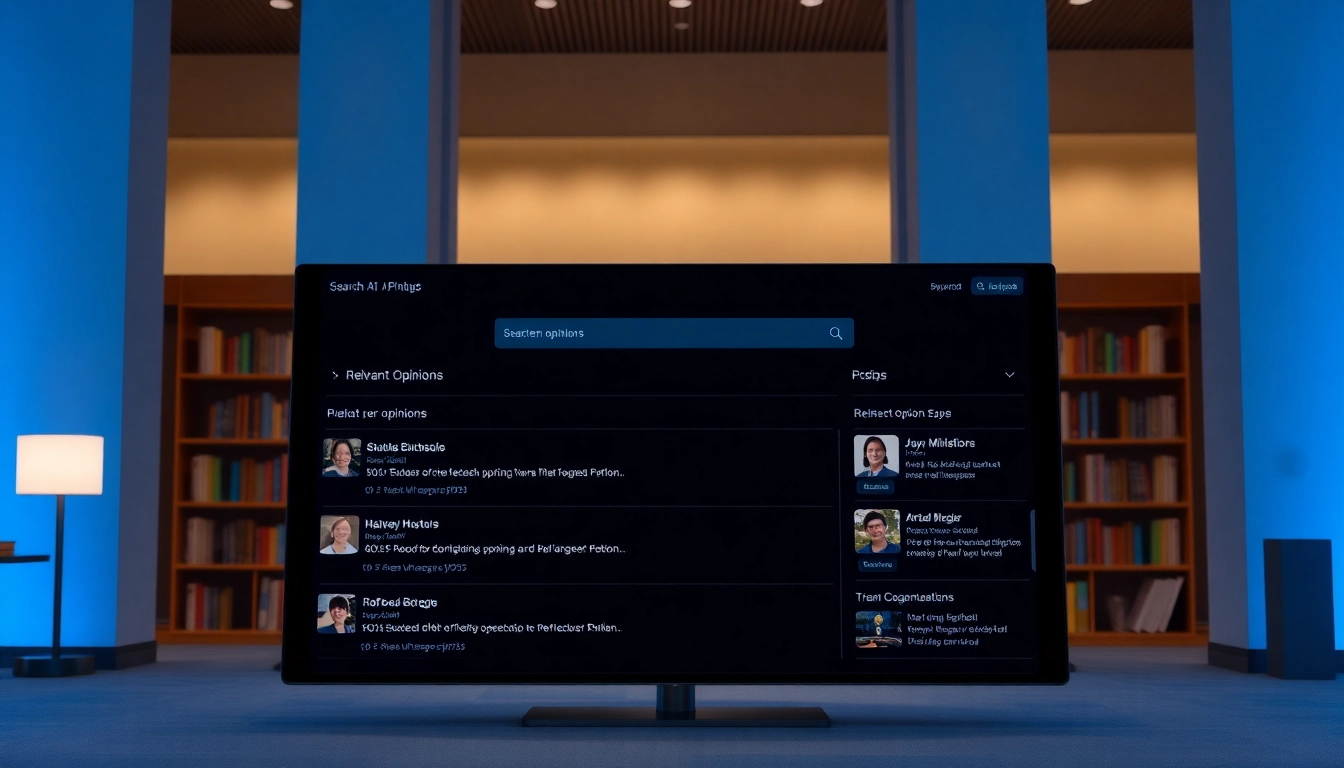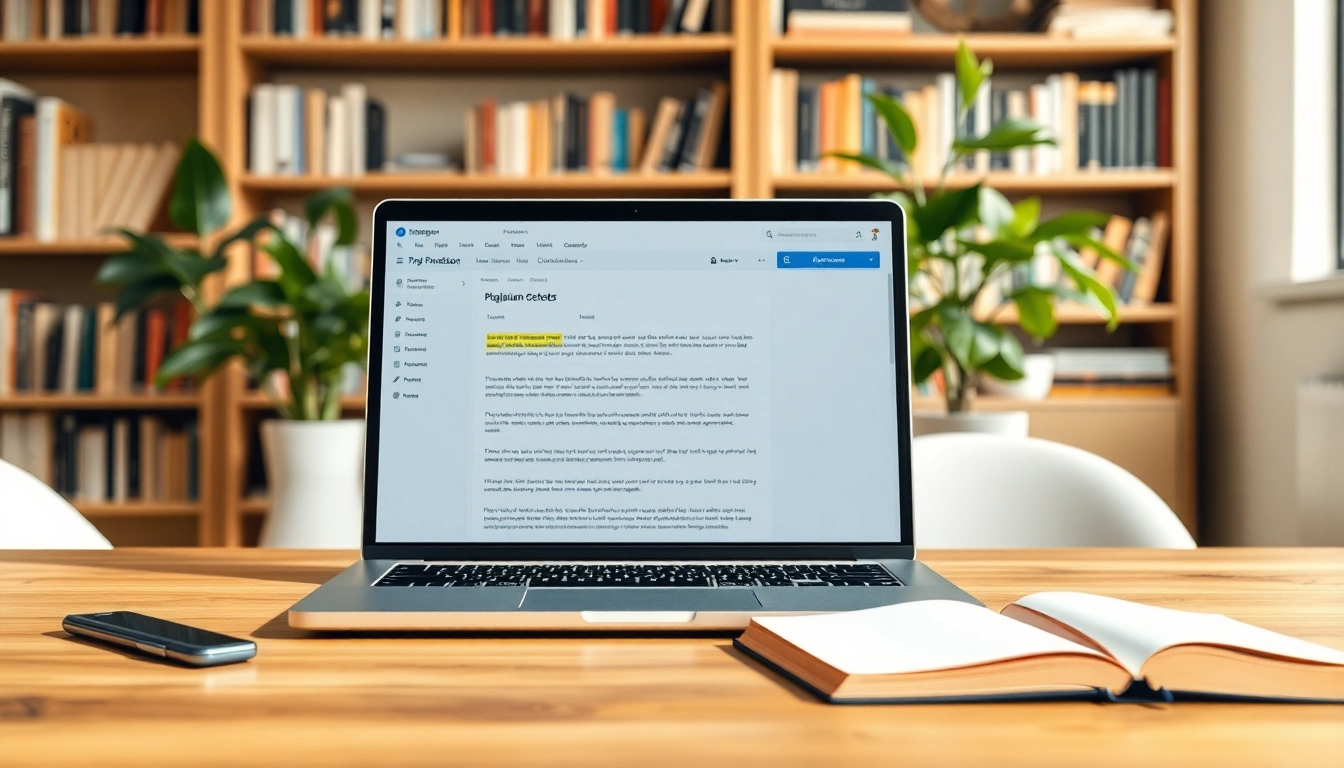Understanding Plagiarism and Its Implications
Plagiarism is a pervasive issue in today’s digital age, where vast resources are accessible with just a click. It refers to the act of using someone else’s work, ideas, or expressions without proper attribution, presenting them as one’s own. This unethical practice has far-reaching consequences that affect not only individuals but also institutions and the integrity of academic and professional fields. To combat plagiarism, utilizing a robust plagiarism detector has become essential for anyone engaged in writing or content creation.
What Constitutes Plagiarism?
Plagiarism can take various forms, including:
- Direct Plagiarism: This involves copying text word-for-word from a source without citation.
- Self-Plagiarism: Reusing one’s previous work or publications without acknowledgment.
- Partial Plagiarism: Incorporating phrases or sentences from a source without proper citation.
- Source Fabrication: Citing sources that do not exist or are inaccurately represented.
Understanding these different types of plagiarism is crucial for anyone engaging in research or writing. A clear grasp of what does and doesn’t constitute plagiarism helps promote originality and respect for intellectual property.
Consequences of Plagiarism in Education
In academic settings, the implications of plagiarism are severe:
- Academic Penalties: Students found guilty of plagiarism can face expulsion or academic probation, severely damaging their educational careers.
- Loss of Credibility: Once caught, a student’s reputation may suffer, affecting future opportunities for education or employment.
- Legal Ramifications: Institutions may face lawsuits if they do not adequately prevent or address instances of plagiarism among students.
The emphasis on academic integrity necessitates the use of effective plagiarism detection tools to ensure original work while preventing academic dishonesty.
Legal Ramifications of Plagiarism
Beyond academic consequences, plagiarism can lead to legal troubles. Copyright infringement is a serious matter, and those who plagiarize can face lawsuits from original authors or publishers. Notable cases have highlighted the legal penalties faced by writers, educators, and students alike who have failed to respect copyright laws. Institutions must implement robust policies to discourage plagiarism, safeguarding their students and faculty from potential litigation.
The Importance of Using a Plagiarism Detector
A plagiarism detector is an indispensable tool for writers, educators, and students alike. It helps identify unintentional instances of plagiarism and ensures content originality. By using such tools, individuals can uphold integrity in their writing practices. Here are several reasons why using a plagiarism detector is crucial:
Why Every Writer Needs One
Whether crafting an academic essay, professional report, or creative piece, every writer stands to benefit from plagiarism detection:
- Content Verification: A plagiarism detector helps verify that content is original by scanning for matches against a vast database of sources.
- Quality Assurance: It enhances the quality of writing by ensuring that proper citation practices are followed.
- Confidence Booster: Knowing that work has been checked for plagiarism can boost a writer’s confidence in presenting their ideas.
Benefits for Students and Educators
Students can use plagiarism detectors to maintain academic integrity and avoid penalties associated with dishonest practices:
- Skill Development: Regularly checking work encourages good writing habits and understanding of citation standards.
- Feedback Provision: Educators can use these tools to provide constructive feedback on students’ writing, guiding them toward originality.
- Prevention of Academic Dishonesty: Colleges and universities that employ plagiarism detectors can foster a culture of honesty and integrity among students.
How It Affects Academic Integrity
Academic integrity is paramount in educational settings. Plagiarism detectors contribute to a culture of trust and respect for intellectual property. They serve as both a preventative measure and an educational tool, helping students understand the importance of originality. By fostering an environment that values honesty, institutions can enhance their reputation and the quality of education they provide.
How Plagiarism Detectors Work
Understanding how plagiarism detectors operate is essential for maximizing their benefits. These tools analyze text against a wide range of sources to identify similarities or matches:
Technical Overview of Detection Algorithms
Plagiarism detectors utilize sophisticated algorithms to compare submitted text against extensive databases of academic papers, articles, websites, and more. Key technologies involved include:
- Text Comparison: Algorithms break down submitted text into phrases or keywords and compare them to existing works.
- Machine Learning: Many detectors use machine learning to improve detection accuracy based on patterns recognized in past submissions.
- Natural Language Processing (NLP): NLP helps in semantic analysis, allowing detectors to identify paraphrased content or near matches that traditional methods might miss.
Comparing Source Materials
Once the algorithms analyze the text, they compare it against a curated selection of online and offline source materials. The effectiveness of a plagiarism detector largely depends on the size and scope of its database. Comprehensive databases enable more accurate results, as they cover a wide array of potential sources. Some detectors even include subscription-based academic resources like JSTOR or paid news outlets.
Understanding Similarity Reports
After processing, a plagiarism detector generates a similarity report that outlines findings:
- Match Percentage: This indicates how much of the submitted work matches with existing sources.
- Originality Score: Many tools provide a score that shows the overall originality of the work.
- Source Links: Detectors will often include links to the matched sources, allowing users to verify and properly cite them.
Reviewing these reports can significantly improve a writer’s understanding of acceptable citation practices and highlight areas where they can further develop their writing skills.
Choosing the Right Plagiarism Detector for Your Needs
Selecting a plagiarism detector can be challenging due to the variety of options available. Here are some considerations to help narrow your choices:
Free vs. Paid Plagiarism Checkers
There are many free plagiarism checkers available, serving as a useful starting point for anyone on a budget. However, they often come with limitations:
- Database Size: Free tools typically have smaller databases, which may not capture all potential sources of plagiarism.
- Depth of Analysis: Paid tools usually offer a more detailed analysis and higher accuracy due to advanced algorithms and better features.
- Additional Features: Many paid options come with features like grammar checks, writing suggestions, and integration with writing platforms.
Deciding between free and paid options should be based on individual needs—academic institutions often invest in premium tools to ensure thorough checks.
Key Features to Look For
When evaluating different plagiarism detectors, consider these essential features:
- Comprehensive Database: A robust detector will cross-reference a wide range of databases, including both open-access and subscription-based sources.
- User-Friendly Interface: The tool should be easy to navigate, facilitating a seamless workflow.
- Detailed Reports: Quality detectors provide comprehensive reports that include percentages and links to source materials.
- Support and Resources: Consider tools that offer additional resources for learning about plagiarism and how to avoid it.
Reviews and Comparisons of Popular Tools
Online reviews and user comparisons can offer insights into the efficiency and reliability of plagiarism detectors. Popular tools include:
- Turnitin: Widely recognized in academic circles, Turnitin provides robust plagiarism detection alongside tools for feedback and citation assistance.
- Grammarly: Known for its writing enhancement features, Grammarly also offers a plagiarism checker that scans for potential matches.
- PapersOwl: This student-friendly option is designed to be easy-to-use while offering accurate plagiarism detection results.
- DupliChecker: A free tool that allows users to copy-paste content to quickly identify potential plagiarism, suitable for basic checks.
- Copyleaks: Known for its AI capabilities, Copyleaks is effective in detecting duplicate content across a range of formats, including code and essays.
Best Practices for Avoiding Plagiarism
Prevention is key when it comes to plagiarism. By cultivating effective writing habits and research practices, individuals can significantly lower the risk of unintentional plagiarism:
Effective Research and Citation Strategies
Understanding the importance of research and proper citation is foundational in avoiding plagiarism:
- Thorough Note-Taking: Keep clear records when researching, noting down sources and relevant quotes.
- Consistent Citation: Familiarize yourself with the required citation style (APA, MLA, Chicago, etc.) and apply it rigorously.
- Use Citation Management Tools: Tools like Zotero and EndNote can help track sources and generate accurate bibliographies effortlessly.
Writing Techniques to Promote Originality
To encourage original thought, writers can adopt various techniques:
- Paraphrasing: Practice paraphrasing information in your own words while maintaining the original meaning, but always cite the source.
- Critical Thinking: Engage with the material critically; express your viewpoint and interpretations to create unique content.
- Drafting and Revising: Develop drafts that go through multiple revisions; this encourages the evolution of original thoughts and expressions.
Utilizing Plagiarism Checkers as a Learning Tool
Plagiarism detectors can serve not just as safeguard measures but as learning tools as well:
- Feedback Interpretation: Utilize similarity reports as feedback mechanisms to understand areas for improvement in writing quality.
- Peer Review Processes: Consider sharing results from plagiarism checkers with classmates or colleagues for collaborative learning experiences.
- Regular Checks: Make it a habit to regularly submit drafts through plagiarism detectors to track originality over the course of a writing project.
In conclusion, plagiarism is a significant concern that can have lasting impacts in both academic and professional realms. By understanding what constitutes plagiarism, utilizing plagiarism detectors, and adopting best practices for writing and research, individuals can safeguard their work and uphold integrity in all forms of writing.



